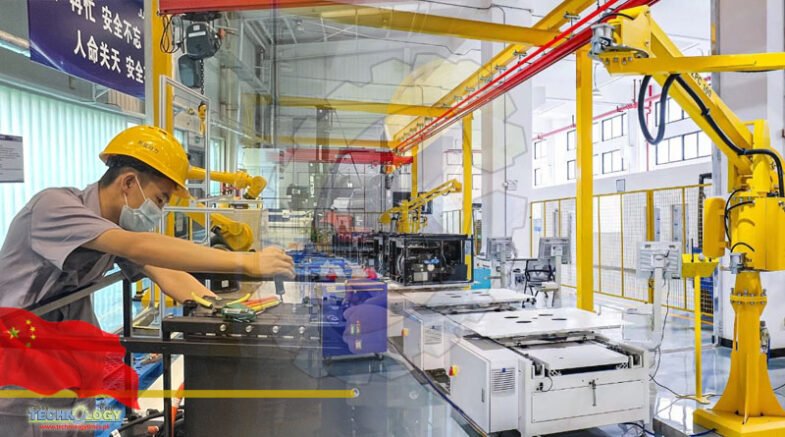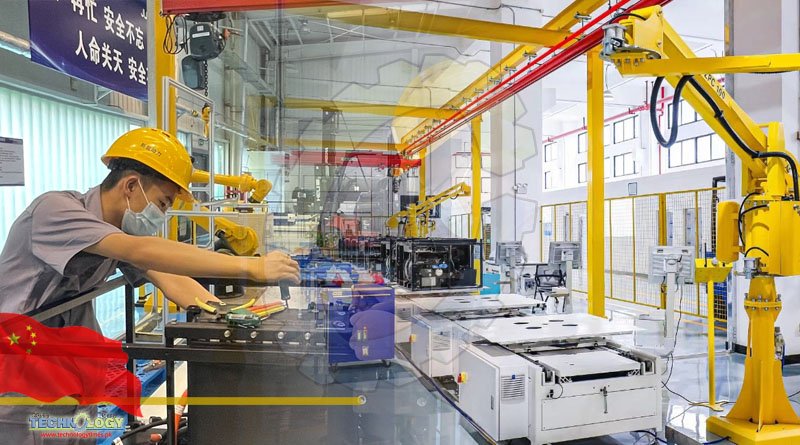China’s first hydrogen powered production line for vehicle industry is now fully operational in South China’s Guangdong Province.

China’s first hydrogen powered industrial vehicle production line is now fully operational in South China’s Guangdong Province, which will support the green development of Guangdong-Hong Kong-Macao Greater Bay Area, and the achievement of China’s “dual carbon” goal.
The hydrogen powered production line, located in an industrial park in Chancheng district, Foshan city, Guangdong, is specialized for the power systems of industrial vehicles. It is the first set production line for hydrogen energy industrial vehicle manufacturing in China, the Global Times learned from a Saturday press conference, hosted by the China Energy Research Society and local governments.
The hydrogen powered production line was completed by the Just Power, a power technology company in Guangdong, within six months.
The new products showcased on Saturday included hydrogen powered forklifts, tractors, tour cars, and mobile hydrogen batteries, the Global Times learned.
As the world’s largest hydrogen producer, China has an annual hydrogen energy output of about 33 million tons and over 300 hydrogen enterprises that contribute an annual main business revenue of at least 20 million yuan ($2.84 million), the Xinhua News Agency reported.
In a plan on the sector’s development for the 2021-2035 period released in March, the country defined hydrogen energy as a significant part of its future energy mix and aims to achieve its green and low-carbon transformation with a vibrant hydrogen energy industry.
China aims to have CO2 emissions peak before 2030 and achieve carbon neutrality before 2060.
A hydrogen vehicle is a vehicle that uses hydrogen fuel for motive power. Hydrogen vehicles include hydrogen-fueled space rockets, as well as ships and aircraft. Power is generated by converting the chemical energy of hydrogen to mechanical energy, either by reacting hydrogen with oxygen in a fuel cell to power electric motors or, less commonly, by burning hydrogen in an internal combustion engine.
Originally published at Global Times.
